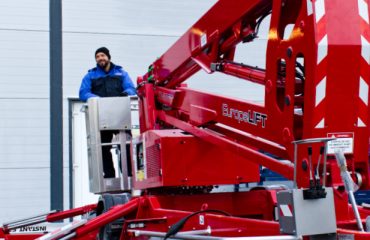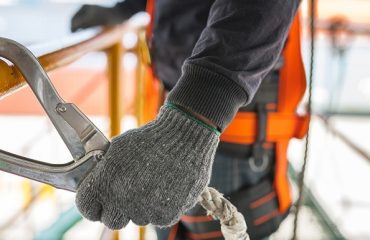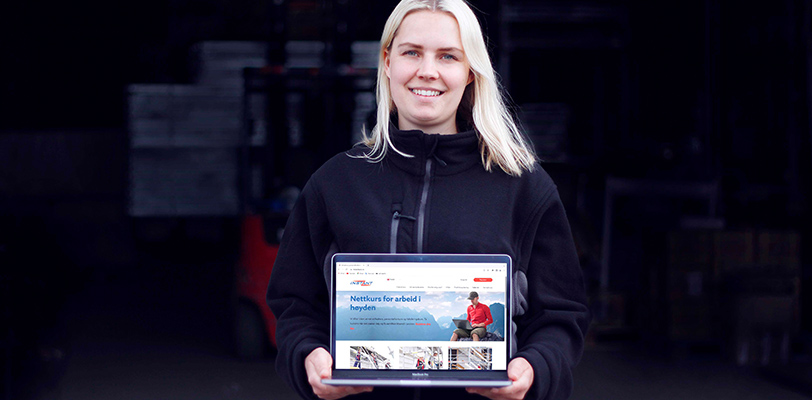
Employees who install or use scaffolding risk being left, literally, on the ground if they do not fulfil given training requirements. The Norwegian Labour Inspection Authority can order a shutdown of projects where scaffolding has not been installed in accordance with regulations or where inadequate employee competence is discovered. It can also be a very costly affair. So how do you control and increase the expertise of those working at height?
Norway has strict safety requirements when it comes to scaffolding and training requirements for those working at height. The reason is simple: falling accidents are the type of accident that causes the most serious injuries and deaths in the construction industry. The strict requirements for working at height have been drawn up by the authorities and help companies to focus on working safely and avoid risky shortcuts.
– Our goal is to help provide effective online training for those who work at height and to simplify course administration for our customers. We want to be a partner with control over course and competence requirements, regulations and guidelines. The customer can thus focus on their core business – and we on ours,” says Maria Ringnes, Course Manager for Instant Norge AS.
Requirements for competence?
-The current rules mean that anyone building or using scaffolding over 2 metres must have documented training. The rules are particularly important for anyone working with scaffolding, says Ringnes.
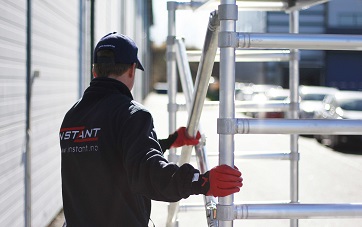 Previously, documented training was only required for the assembly of scaffolding with a height of 5 metres or more. This has now been tightened by introducing requirements for documented training for scaffolding assembly from a platform height of 2 metres. In addition, the training requirements are divided into three classes. Below is a brief introduction to the rules for training scaffolding installers and scaffolding users.
Previously, documented training was only required for the assembly of scaffolding with a height of 5 metres or more. This has now been tightened by introducing requirements for documented training for scaffolding assembly from a platform height of 2 metres. In addition, the training requirements are divided into three classes. Below is a brief introduction to the rules for training scaffolding installers and scaffolding users.
Scaffolding height 2-5 metres: To assemble scaffolding from 2-5 m, it is a required that you have documented training with at least 7.5 hours of theory + 7.5 hours of practical training.
Scaffolding height 5-9 m: To assemble scaffolding from 5-9m, it is a required that you have documented training consisting of at least 15 hours of theory + 15 hours of practical training.
All scaffolding heights (‘Scaffold installer’): To assemble all scaffolding, including those above 9m, there is a requirement to have documented training consisting of 36 hours of theory + 72 hours of practical training + 6 months of practice. Those who assemble scaffolding that does not follow the standard layout in the supplier’s assembly instructions must also have such documented training, regardless of scaffolding height.
Scaffolding users: The current rules also set requirements for those who use scaffolding as a work platform to perform work at height specify that users must have training in the use of the scaffolding in question, including reviewing the instructions for assembly, use and dismantling.
Read more about Instant Norway’s course programmes here.
Challenges on the construction site
The Norwegian Labour Inspection Authority’s statistics on occupational accidents with serious injuries show that falls are the type of accident that causes the most injuries and deaths in the construction industry. Most accidents can be avoided through a thorough risk assessment and the implementation of specific measures and inspection of scaffolding in use. Training and the right qualifications are also crucial.
Typical safety issues with scaffolding are:
- missing scaffolding or lack of fall protection
- missing guardrails and end railings
- poor foundation or anchoring of scaffolding
- inadequate termination against the roof.
- various defects in the scaffolding, such as missing skirting boards, bracing, etc.
- temporary work platforms that do not comply with the regulations
- unsecured holes, lift shafts or stairwells (no railings or handrails)
Lack of communication in the construction industry can also pose a significant safety risk. Especially when there are many foreign workers and organisations involved.
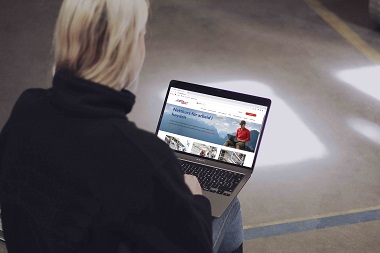 -“Workers from different countries may not speak each other’s languages or know each other’s cultures. This makes it particularly important that safety training is provided in a language the employees understand,” says Ringnes.
-“Workers from different countries may not speak each other’s languages or know each other’s cultures. This makes it particularly important that safety training is provided in a language the employees understand,” says Ringnes.
Instant Norge has focussed on language challenges in the industry and therefore offers most online course modules in several languages such as Norwegian, English, Polish, Lithuanian and Estonian.
The regulations have no direct requirements for Norwegian language skills, but training must be provided in a language the recipient understands. This means that many course participants who need important training can receive it in their native language via the course portal instantkurs.com
Instant Norge AS offers a wide range of online courses for the building and construction industry available at instantkurs.com – including scaffolding courses that fulfil the regulatory requirements for the assembly and use of scaffolding. Instant also offers training for the use of lifts, fall protection equipment, hot work, lifting equipment, dangerous tools, etc.
Instant Norway is one of the country’s leading suppliers of scaffolding, lifts, material handling and online training. Do you have questions or need advice? Don’t hesitate to get in touch. Learn more about Instant Norway and their products and services here.


